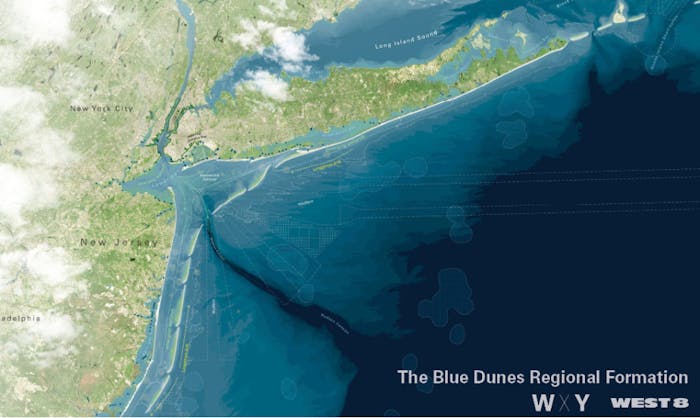A Model for Methodology
Driven by innovation and collaboration, the Rebuild by Design Hurricane Sandy Design Competition became a model to help governments create research-based, collaborative processes that prepare communities and regions for future challenges.
Rebuild by Design uses collaborative, design-driven problem-solving to help communities and cities build resilience. Communities can overcome existing creative and regulatory barriers by cultivating collaboration between designers, researchers, community members, government officials and subject-matter experts. This collaboration remains at the heart of an iterative creative process to address the intersection of physical, social, and ecological resilience to drive lasting change. Rebuild begins by analyzing which individuals and organizations have the best expertise and pairs them with those who best understand the affected community’s challenges to develop projects that make regions stronger, more resilient places to live.
Once project experts have been identified, Rebuild uses site visits, community conversations, and on-the-ground research – including panel discussions, symposiums, and workshops – to help communities uncover and examine problems collectively. During this research phase, overlapping social and physical vulnerabilities and interdependencies are uncovered.
Once there is an understanding of the problem, a collaborative design process ensures the final outcome is informed, innovative, and implementable. Working with government and local stakeholders throughout the design stage ensures all projects are realistic and achievable and have strong community support. Rebuild by Design works to leave communities with a better understanding, increased capacity, implementable projects, new relationships, and demonstrative examples of how a better process leads to a better outcome.
Source: The Rebuild by Design Book

 11 Sustainable Cities and Communities
11 Sustainable Cities and Communities
 13 Climate Action
13 Climate Action
 17 Partnerships for the Goals
17 Partnerships for the Goals